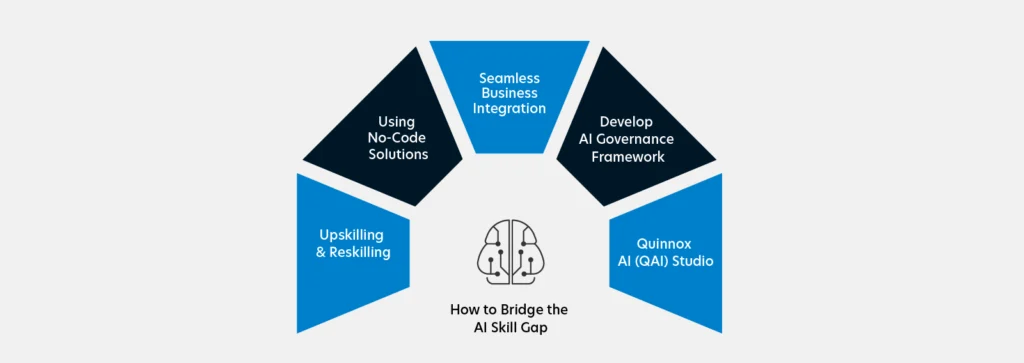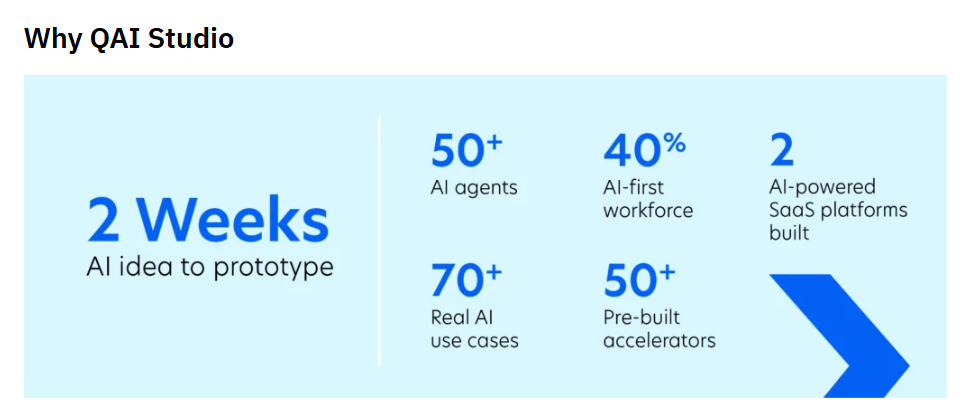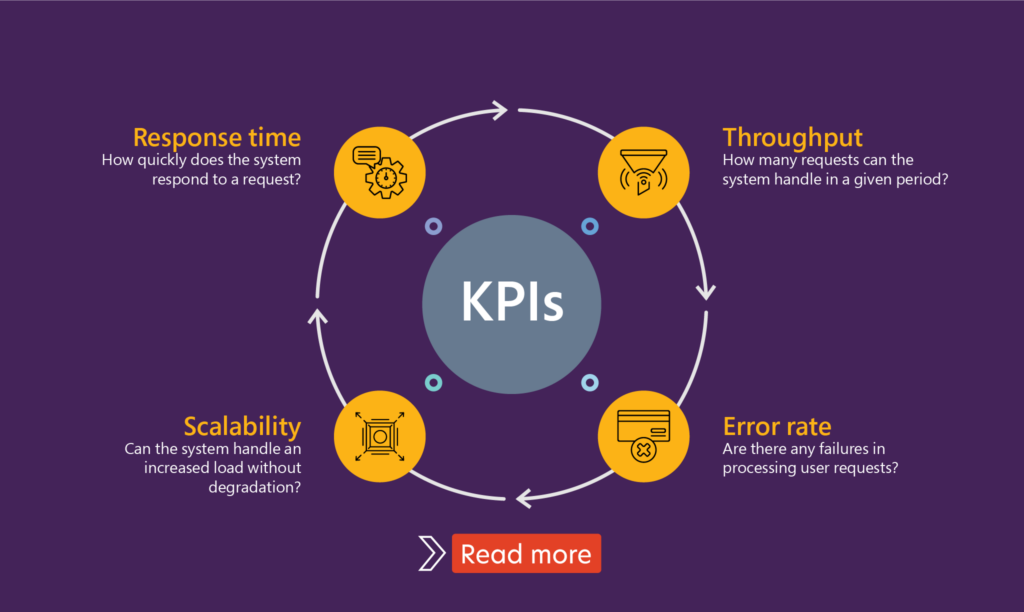AI and the underwater astronaut
A recent conversation about prompt engineering led to the inevitable impressionist rendering of an astronaut eating a burger underwater.
Read moreAutomation in IT operations enable agility, resilience, and operational excellence, paving the way for organizations to adapt swiftly to changing environments, deliver superior services, and achieve sustainable success in today's dynamic digital landscape.
Next-generation application management fueled by AIOps is revolutionizing how organizations monitor performance, modernize applications, and manage the entire application lifecycle.
AIOps and analytics foster a culture of continuous improvement by providing organizations with actionable intelligence to optimize workflows, enhance service quality, and align IT operations with business goals.
Artificial intelligence (AI) is transforming industries, driving efficiency, and enabling innovation at an unprecedented pace. However, despite its immense potential, businesses across sectors face a significant roadblock—lack of skilled AI professionals.
A 2024 survey found that 81% of IT professionals acknowledge AI’s importance, yet only 12% possess the skills required to effectively implement AI solutions. Another report highlights that 72% of companies struggle to find AI talent, causing significant delays in AI initiatives.
This gap is not just about technical skills. Understanding AI’s ethical implications, integrating it into business operations, and aligning AI strategies with company goals also require specialized knowledge. Without these capabilities, businesses risk falling behind in the competitive landscape.
A recent survey found that 48% of M&A professionals are now using AI in their due diligence processes, a substantial increase from just 20% in 2018, highlighting the growing recognition of AI’s potential to transform M&A practices.

Source: Salesforce Generative AI Snapshot Research Series
The lack of AI expertise leads to several critical challenges for organizations:
Despite these challenges, AI remains a necessity rather than an option. Businesses must find innovative ways to bridge the gap and enable AI-driven transformation.
One of the biggest misconceptions about AI is that it will replace human workers. In reality, AI is a tool that enhances human capabilities rather than eliminating jobs. The real transformation will come from organizations and professionals who learn to work alongside AI—using it to enhance efficiency, optimize decision-making, and automate repetitive tasks.
This shift means that companies must focus on enabling their existing workforce to use AI, rather than waiting to hire AI specialists. The organizations that succeed in AI adoption will be those that:

Rather than relying solely on external hiring, businesses can take proactive steps to build AI-ready workforce:
Providing employees with AI training ensures that knowledge is retained within the organization. Teams can learn how to work with AI tools, interpret AI-driven insights, and apply automation to their specific roles.
No-code and low-code AI platforms enable non-technical users to develop and deploy AI applications without needing programming skills. These solutions make AI more accessible, allowing businesses to implement AI-driven innovations faster.
With iAM, every application becomes a node within a larger, interconnected system. The “intelligent” part isn’t merely about using AI to automate processes but about leveraging data insights to understand, predict, and improve the entire ecosystem’s functionality.
Consider the practical applications:
Rather than treating AI as a standalone technology, companies should embed it into their existing workflows. AI can be used for customer support automation, data analytics, process optimization, and predictive decision-making.
As AI adoption grows, businesses must establish clear guidelines on how AI should be used, ensuring ethical considerations, compliance, and alignment with business goals. Having a structured approach to AI governance makes implementation smoother and more effective.
For businesses looking to accelerate AI adoption without deep expertise, Quinnox AI (QAI) Studio – gives wings to their AI dreams with seamless support right from Concept to Deployment with rapid prototyping in days and not months. It provides:

Additionally, AI Squads—specialist team within QAI Studio—play a crucial role in executing AI projects. These squads consist of Generative AI experts who bring deep expertise across the AI life cycle from Data preparation to developing production-ready AI systems. This ensures businesses can successfully navigate AI transformation without struggling to find or train specialized talent.
By leveraging QAI Studio and AI Squads, organizations can reduce their reliance on external AI specialists, empower employees, and fully capitalize on AI’s potential.
The AI skills gap is a real challenge, but it does not have to be a barrier to AI adoption. Businesses that invest in upskilling, democratizing AI development, and integrating AI tools effectively will thrive in the AI-driven future.
The key is to embrace AI not as a replacement for human expertise, but as an enabler of greater efficiency, innovation, and strategic decision-making. Those who act now to bridge the skills gap will lead the way in the next phase of digital transformation.
In the Infinite Game of application management, you can’t rely on tools designed for finite goals. You need a platform that understands the ongoing nature of application management and compounds value over time. Qinfinite is that platform that has helped businesses achieve some great success numbers as listed below:

Qinfinite’s Auto Discovery continuously scans and maps your entire enterprise IT landscape, building a real-time topology of systems, applications, and their dependencies across business and IT domains. This rich understanding of the environment is captured in a Knowledge Graph, which serves as the foundation for making sense of observability data by providing vital context about upstream and downstream impacts.
Qinfinite’s Deep Data Analysis goes beyond simply aggregating observability data. Using sophisticated AI/ML algorithms, it analyzes metrics, logs, traces, and events to detect patterns, anomalies, and correlations. By correlating this telemetry data with the Knowledge Graph, Qinfinite provides actionable insights into how incidents affect not only individual systems but also business outcomes. For example, it can pinpoint how an issue in one microservice may ripple through to other systems or impact critical business services.
Qinfinite’s Intelligent Incident Management takes observability a step further by converting these actionable insights into automated actions. Once Deep Data Analysis surfaces insights and potential root causes, the platform offers AI-driven recommendations for remediation. But it doesn’t stop there, Qinfinite can automate the entire remediation process. From restarting services to adjusting resource allocations or reconfiguring infrastructure, the platform acts on insights autonomously, reducing the need for manual intervention and significantly speeding up recovery times.
By automating routine incident responses, Qinfinite not only shortens Mean Time to Resolution (MTTR) but also frees up IT teams to focus on strategic tasks, moving from reactive firefighting to proactive system optimization.
The AI skills gap refers to the shortage of skilled professionals needed to implement and manage AI solutions effectively. Many organizations struggle to find qualified AI talent, which results in slower AI adoption, missed opportunities, and a competitive disadvantage.
Businesses can bridge the AI skills gap by investing in employee upskilling and reskilling, adopting no-code/low-code AI solutions, integrating AI into existing processes, and creating AI governance frameworks to ensure ethical and effective implementation.
AI should not be treated as a standalone technology. By integrating AI into existing workflows—such as customer support, data analytics, and predictive decision-making—businesses can enhance efficiency, improve outcomes, and drive innovation.
QAI Studio provides businesses with rapid prototyping, pre-built AI models, and a no-code/low-code environment to implement AI solutions quickly. It helps businesses build an AI-ready workforce by simplifying AI adoption and reducing reliance on specialized AI talent.
A recent conversation about prompt engineering led to the inevitable impressionist rendering of an astronaut eating a burger underwater.
Read moreAI can improve the efficiency and effectiveness of chaos engineering. AI algorithms help identify potential false positives
Read moreThe potential of AI analytics to optimize your business operations and drive innovation for seamless customer experience with data-driven solutions
Read moreGet in touch with Quinnox Inc to understand how we can accelerate success for you.